The first public sign that all was not well within the John Muir Trust came in June 2023. The conservation charity – which owns and manages upland properties including parts of Ben Nevis, Knoydart and land close to Helvellyn – announced that it had suspended its chief executive, David Balharry, following allegations of misconduct. Mr Balharry denied the allegations, and was exonerated by the Trust’s board of trustees, who reinstated him. But the rumblings continued.
Main image: Staff and members walk on Schiehallion | Credit: David Lintern
In March 2024, the Trust then announced a raft of redundancies it claimed were needed to address a large financial deficit. It also suspended the John Muir Award, an education initiative well known for its role in helping people of all backgrounds to connect with the natural world. (The Trust has since announced it will reinstate the award.)
But the most dramatic public development came in September 2024, with the publication of a 38,000-word dossier alleging “plunging staff morale, a sky-high turnover, financial ineptitude” and other problems at the Trust. The report’s author – Alan McCombes, a former public affairs and media manager at the charity – claimed the Trust has seen “widespread resentment” from communities in and around its land, and warned of a “breakdown of confidence in the leadership team”.
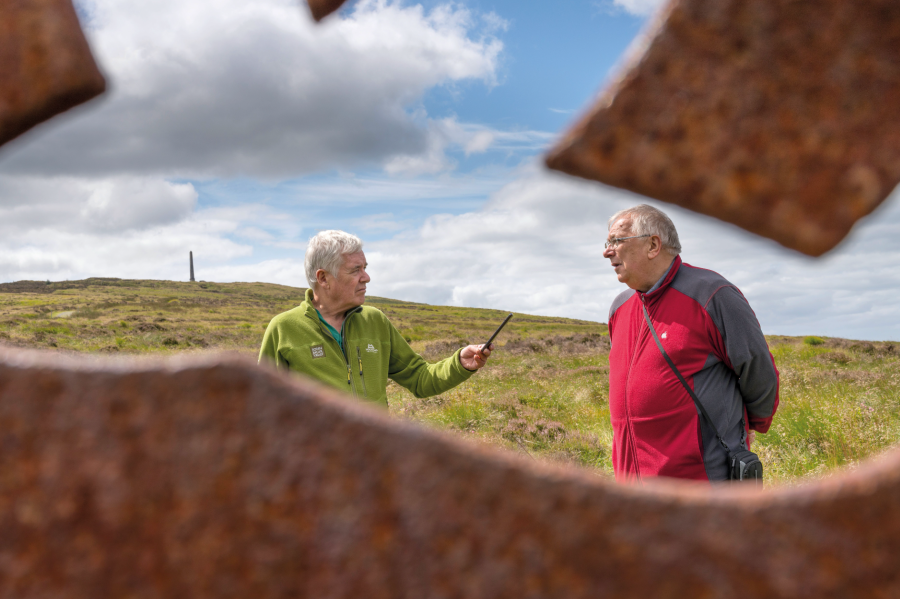
A John Muir Trust spokesperson told The Great Outdoors Mr McCombes’ report is “inaccurate” and “outdated”, and dismissed accusations made in the report about Mr Balharry’s conduct: “The John Muir Trust Board of Trustees unanimously found that David Balharry was fully exonerated and concluded that the allegations made against him were false. To suggest otherwise would be inaccurate.”
The Trust has moved to address many of the criticisms made against it, but members, ex-staff and former trustees have told The Great Outdoors that they remain concerned for its future.
‘Cause for concern’
This isn’t just an issue for the John Muir Trust and its members. A former staff member told us that the Trust has always held “a unique place in the landscape of the conservation sector”. By working across policy, education and ecological restoration, it “struck a chord with the mountaineering and climbing fraternity, but also with the artistic and educational network”.
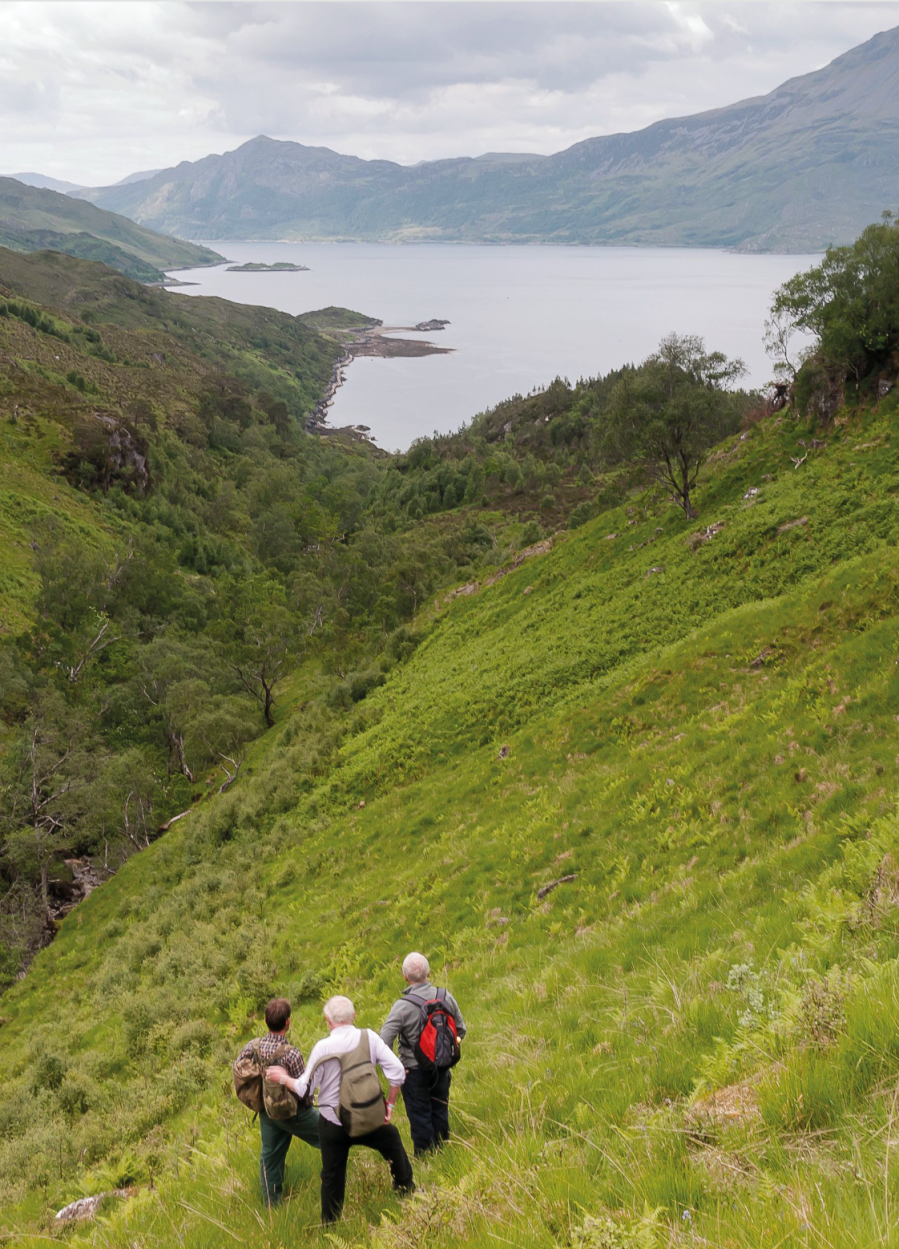
On top of lobbying for stronger protection of fragile landscapes, the Trust also looks after over 90 square miles of Britain’s most remote places: Knoydart, the Ben Nevis Estate, Quinag and Sandwood Bay amongst them. It’s currently in a partnership managing water catchment around the Thirlmere reservoir, close to Helvellyn, and formerly managed Glenridding Common.
Several ex-staff members and Trustees told us that this first-hand experience in owning and managing wild land has always given the charity more authority. One senior member told The Great Outdoors: “One of the attractive things for me about the Trust was that it was seeking to put into practice exemplary land management as a way of backing up what it was trying to say on policy grounds.”
Now the Trust’s detractors say that everything from its financial stability to its community relations are being eroded – and that has implications both for its nationally important properties and for the wider conservation sector.
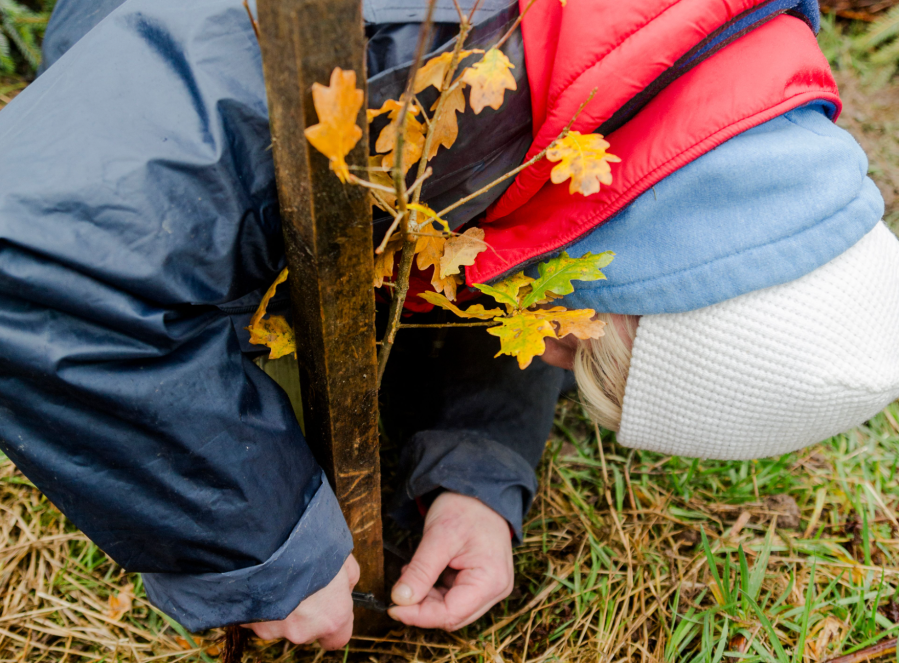
‘Reckless spending’
In the Spring of 2024, the Trust reached out to its members with a ‘Vital Appeal’, blaming “a particularly challenging financial environment” for its deficit-driven redundancy programme. Mr McCombes’ report, however, pins the blame on “a reckless spending spree driven by the CEO and approved by the Board over several years”.
An especially controversial issue is the (approximately) £2m purchase of land and holiday accommodation at Kylesku in 2023, close to the NC500 route. One long-standing Trust member told The Great Outdoors they were “simply baffled” by this investment. “Firstly, if we wanted a visitor centre that close to Quinag, we could actually do it for free on our own land,” the member said. “What on earth are we doing spending £2 million on it?
“Secondly, that £2 million very nearly cleaned out the Trust’s fund for purchasing land. And having funds for buying land when it becomes available is part of the core aim of the Trust – so spending it on something other than sizeable areas of wild land is something that shouldn’t be undertaken lightly.”
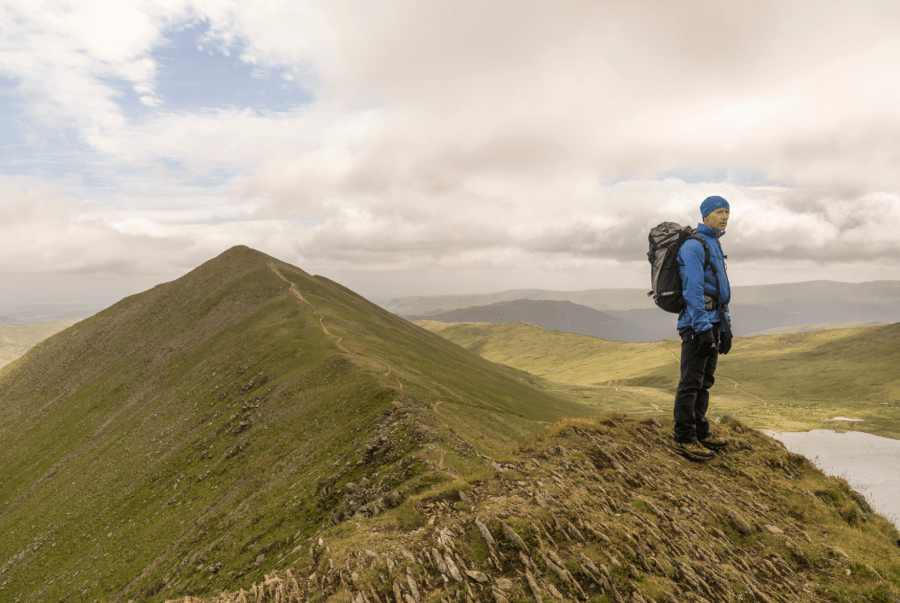
Mr McCombes alleges that the Trust was operating under a significant financial deficit at the time of the purchase. Less than a year later, it announced plans to reduce staff numbers by a third in order to address its rising financial liabilities.
A spokesperson for the Trust told The Great Outdoors: “[We are] now on a stronger financial footing, with a team of skilled professionals who are committed to implementing the Trust’s charitable purpose to conserve and protect wild places. Our wider management team is developing a costed three-year operational plan to deliver our new strategic objectives, which align closely to our purpose.”
In September 2024, the Trust published a Finance Lessons Learned Report , detailing recommendations for avoiding future crises. The report has not been universally welcomed (Mr McCombes points out in an edit to his dossier that it fails to mention the purchase of Kylesku), but the spokesperson said that it marked the Trust’s emergence from a difficult period.
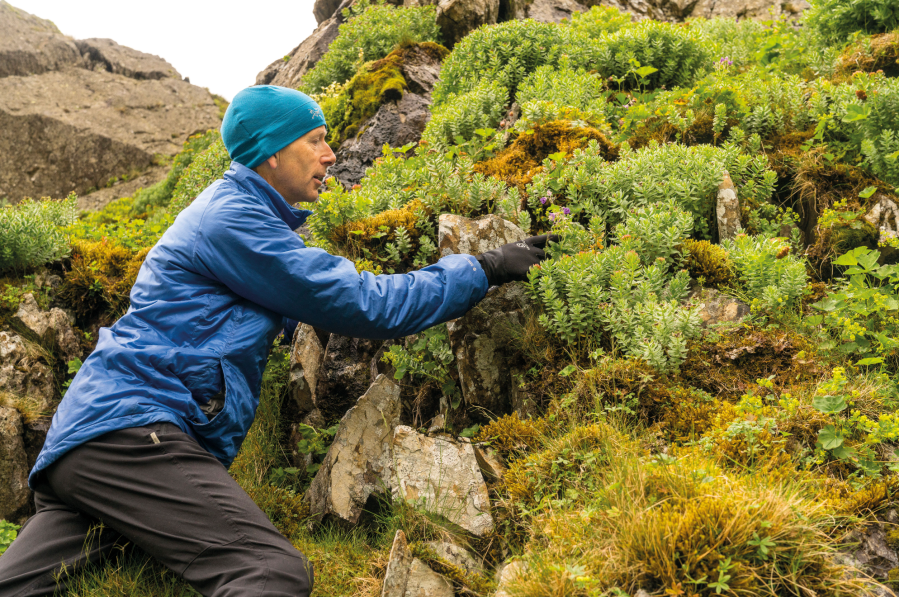
Plunging morale
According to Mr McCombes – and other ex-staff members – the redundancies followed a period in which staff morale had already been “decimated”. His report states that between July 2023 and July 2024, two thirds of the Trust’s staff had either left or were working their notice; of the 20 employees managed directly by Mr Balharry, Mr McCombes says, 19 have resigned. Staff survey results allegedly demonstrated a sharp decline in morale.
Mr McCombes claims this was due to “a culture of bullying and intimidation within the Trust”. Another ex-member of staff told The Great Outdoors: “There was control, there was micro- management, there was isolation and intimidation of staff”.
New staff have since been appointed, and an agreement with Prospect trade union was recently signed after a landslide vote in favour of recognition by the staff. Prospect’s negotiator, Angela Gannon, called it “a new chapter in the relationship between the John Muir Trust and its employees”.
Lay of the land
Given the Trust’s role in managing land, one of Mr McCombes’ most striking allegations is that the charity’s land management team has been reduced to a “skeleton operation”, supporting just one direct job on the ground per 100 square kilometres. One high-profile John Muir Trust member told The Great Outdoors that this may fall foul of Scottish Land Commission protocol.
“In the North Region – which comprises six properties containing nearly 90% of what the Trust owns – at the moment there is one member of conservation staff,” they said. “So, in terms of actually getting anything done, it’s a very worrying situation.”
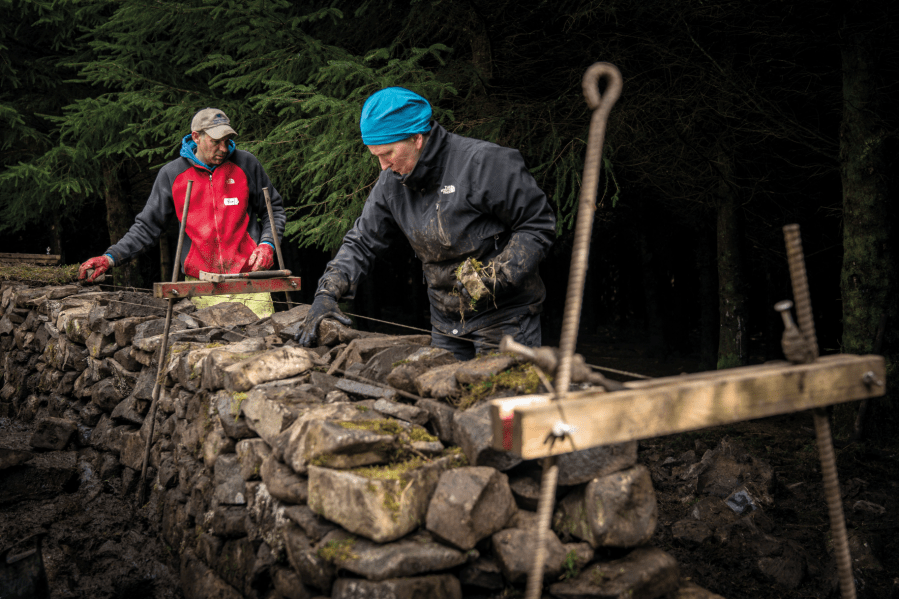
Mr McCombes suggests that there has been a deliberate shift within the Trust from employing permanent ground staff to relying on contractors. “It was openly part of the agenda,” he told The Great Outdoors. “There was a concerted drive to get rid of land managers. People were driven out, people were targeted for redundancy.”
The John Muir Trust says it is “incorrect to suggest that the Trust is moving from employed land managers to contractors”. But Mr McCombes claims that a dearth of land managers has affected everything from community engagement programmes to the monitoring of vegetation.
Crucially, he alleges, it has also led to a deterioration in the relationship between the Trust and the communities local to its estates. “Communities around our properties in Skye and Assynt are in open revolt against the Trust to the point of threatening to use land reform legislation to carry out hostile community buy-outs of our land,” he writes.
Taking action
As we’ve heard, the John Muir Trust has pushed back against criticisms, and members have since elected new Trustees who are publicly committed to investigating any ongoing concerns at a senior level.
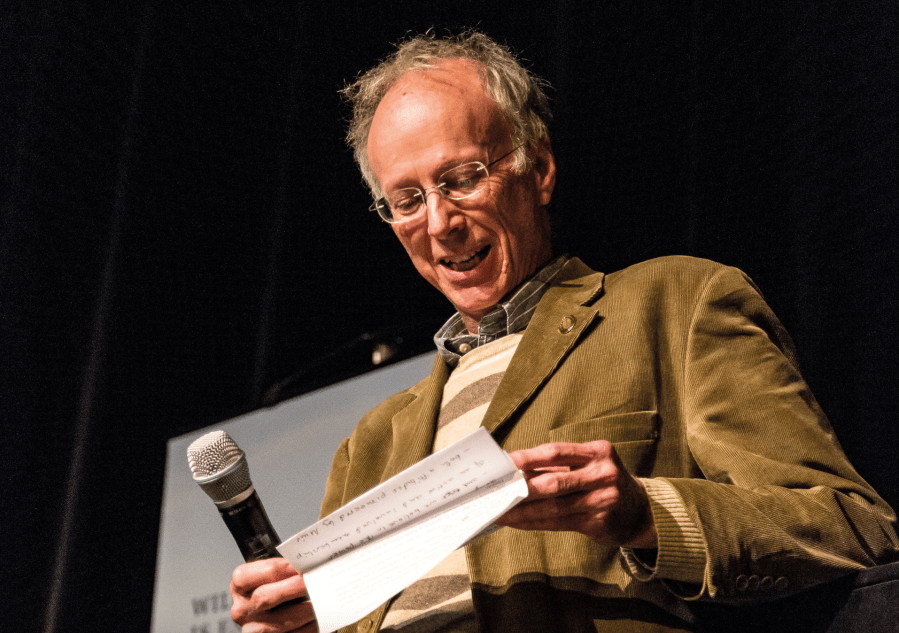
Denis Mollison, one of the John Muir Trust’s four original founders and a member of its board since Autumn 2024, criticised a “lack of effective and costed operational plans” in his candidate statement, and promised to “stabilise our core activities of land management, policy and engagement, and address the far too high turnover of staff – and trustees”. Another new Board member, Alison Russell, said in her candidate statement that she is “deeply troubled” about the Trust’s financial stability. Her first priority, she added, is an “immediate review of financial management”.
Everyone we spoke to agreed that ordinary members, supporters, education and environmental partners, as well as local communities have an important role to play as well.
“Ask questions and be proactive about seeking answers,” one prominent John Muir Trust associate said. “Either take a question to the board, or to a good contact. If you think you’re not getting a solution or a satisfactory answer then you should take it to the regulator. “The last thing you should do is cancel your membership. Because that is what gives you a degree of influence.”
Editor’s note: The Great Outdoors’ editor worked for the John Muir Trust prior to the events described above and donated the images used to illustrate this piece, which was compiled by three of our team. Sources have been anonymised as per their request.








